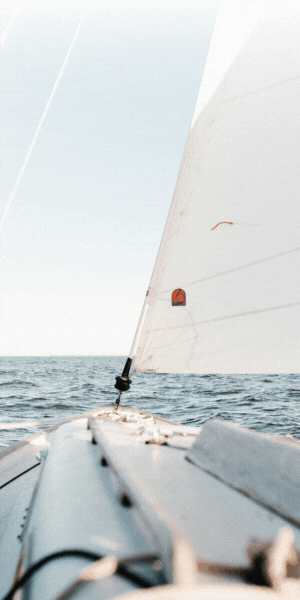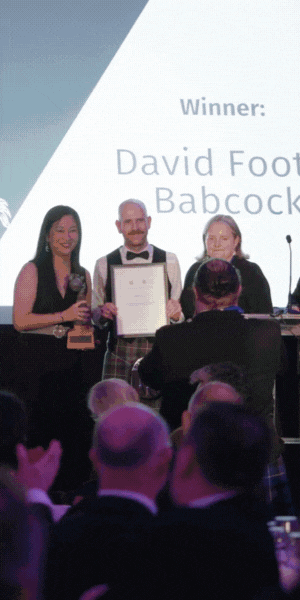
A chance meeting between Christian Oldendorff, owner of German shipping company Reederei Nord, and BAR Technologies’ America’s Cup designer and engineer Simon Schofield could see wind propulsion on large commercial vessels take a major step forward.
That meeting saw Mr Oldendorff, a venture capital investor who started Amplifier – which invests in disruptive maritime technology – and Mr Schofield initiate a conversation which led to the development by BAR Technologies of a patented wind-assisted propulsion concept that Reederei Nord plans to help develop and ultimately install on one of its bulkers.
BAR Technologies was formed in 2016 to make available a wealth of design knowledge, technical skills and intellectual property developed through involvement in Britain’s attempt to win back the America’s Cup. Its wind propulsion concept, WindWings, has been kept under wraps since it was developed it.
But in an exclusive interview, Mr Schofield revealed provided The Naval Architect with an insight into how WindWings was developed and why BAR Technologies believes it could prove to be more effective than many of the growing number of wind-assisted concepts that have been developed for commercial vessels.
Amplifier, BAR Technologies and Reederei Nord first announced their plans in early 2020 but have said little since. Together, they have embarked on ‘the final phase’ of maturing and adapting the patented WindWings technology which – combined with route optimisation software – can, they believe, reduce fuel consumption on sea-going vessels by up an average of 30% over the course of a voyage.
“We believe that achieving a 30 per cent reduction in fuel use would be a significant improvement compared to most other devices, for which a reduction of 10-20 per cent is usually quoted,” Mr Schofield says. Initially aimed at bulk carriers and tankers, variants of the concept for other ship types are expected in due course.
A holistic approach
To understand where WindWings came from, it’s important to start with ShipSEAT, a suite of software that BAR Technologies uses to analyse the effectiveness of everything to do with drag reduction, be it different kinds of rudders, air bubbles, different aft bodies and so on.
“ShipSEAT allows us to look at devices holistically, as we did with the America’s Cup. It is a suite of tools that enables us to undertake like-for-like comparisons of different concepts and examine how they affect the design of a vessel and the way it operates as whole. There is a weather routing module in it, too, that enables us to predict the performance of a vessel on any route, in a range of conditions, and optimise it.
“We wanted to understand the effect of wind propulsion devices on every aspect of a vessel and its operation – on a large vessel such as a bulk carrier, for instance, the effect of leeway angle on propeller performance. All of these individual effects need to be taken into consideration in the design of a wind propulsion system if it is really going to work for an owner.
Schofield says he cannot share a great deal about the actual design of WindWings but that BAR Technologies would reveal more when the WindWings gets closer to build. “There are a lot of concepts but not a lot of hardware constructed. I can tell you that our concept maximises the power across a broad range of wind directions via the use of our patented mechanism,” he explains.
However, BAR Technologies has already undertaken extensive testing of the WindWings in a virtual environment and is confident enough of its performance to move to the next stage – installing a WindWings device on a vessel – without first undertaking any model testing.
The partners in the project are planning to gain class approval in principle and ultimately install the first WindWings on vessels in the near future, and the teams at BAR Technologies, Reederei Nord and Amplifier have promised to keep The Naval Architect informed throughout the project, so look out for exclusive news in the coming weeks.



